Pigeon Racing and Nutrition of the Muscle Part 1
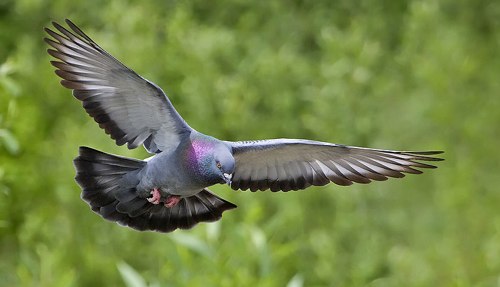 As increasing amounts of literature about pigeons become available, it follows that there are many more informed fanciers than ever before. Scientific principles in the nutrition, breeding, racing, and indeed all aspects of the sport are much more evident even though there are many fads and “secrets” that continue to hold sway. In terms of diets for racing. For example, many fanciers are becoming more aware that the flight muscles of pigeons need the cereal grains such as wheat, oats, barley, corn, ect. and not, as many British believed for so many years, the legumes such as peas and beans, as the major fuel: however, the reasons and basis for the feeding of the cereals instead of legumes for racing, may not be so well known or understood. The intent of this article is to discuss the major racing muscles of pigeons, including their anatomy at the gross, microscopic, and submicroscopic (electron microscopic) levels, to try to provide some basic understanding of their function, their fuel supplies, and just what happens in these muscles from the moment of liberation at the race pint, to the end of a long, grueling day, and to draw certain conclusions about these muscles from a nutritional perspective.
As increasing amounts of literature about pigeons become available, it follows that there are many more informed fanciers than ever before. Scientific principles in the nutrition, breeding, racing, and indeed all aspects of the sport are much more evident even though there are many fads and “secrets” that continue to hold sway. In terms of diets for racing. For example, many fanciers are becoming more aware that the flight muscles of pigeons need the cereal grains such as wheat, oats, barley, corn, ect. and not, as many British believed for so many years, the legumes such as peas and beans, as the major fuel: however, the reasons and basis for the feeding of the cereals instead of legumes for racing, may not be so well known or understood. The intent of this article is to discuss the major racing muscles of pigeons, including their anatomy at the gross, microscopic, and submicroscopic (electron microscopic) levels, to try to provide some basic understanding of their function, their fuel supplies, and just what happens in these muscles from the moment of liberation at the race pint, to the end of a long, grueling day, and to draw certain conclusions about these muscles from a nutritional perspective.
By way of introduction I should say that I am not a nutritionist, but a veterinarian engaged in laboratory diagnostic work, specifically in the area of pathology, the science of diseased tissues. I also happen to be a long-time racing pigeon fancier flying in a small club in western Canada, with modest success. For several reasons, I was involved at one time in the study of the muscles of wild animals that were captured through drives or baited traps. Naturally enough, I had to review information on normal muscles and to study the effects on these muscles from physical over-exertion. On e spin-of for me was access to a variety of scientific literature on the muscles of racing pigeons and other birds. The opportunity for me, both as a veterinarian and a racing pigeon fancier, to study these muscles in depth was exciting and rewarding, as I had never seen anything written on this subject in pigeon magazines. To this, day I have not seen anything written in pigeon magazines on the microscopic anatomy of pigeon muscle and practically nothing on the nutritional needs of racing muscle, and none of it with much indication of any scientific basis. I hope that the following information will go a long way toward: Shedding some much needed light on the subject. Refuting some of the misinformation and misunderstanding about the nutritional requirements of the racing muscles of pigeons.
At the outset, it may come as a surprise for many fanciers to learn that much of what has been determined about the muscles of birds in general, has been derived from considerable work on muscles of the racing pigeon, and that much of this work was don in Canada at the University of Guelph in Ontario, by Dr. John George and his colleagues and undergraduate students. The results of this extensive amount of work have been published in various national and international scientific journals. I believe that the results of all of this work can be interpreted as I have recorded them here, and that they represent a reasonable explanation of events that occur in the flight muscles of pigeons during a race.
The next item of importance is to realize that there are two major flight muscles of racing pigeons, as indeed there are for any flying birds. The first and more massive of these are the large muscles found on each side of the keel, and are those we feel with our fingertips as we handle the bird. These great muscles make up about 20% of the total weight of the bird. If we kill a bird, place it on its back, head pointing away from us, and we strip the skin off the underlying tissues, we can see these great muscles lying on and attached to either side of the keel. As we look closely, we see that the “grain” of the muscle runs from the keel in an upward and outward direction at an angle of about 45 forming a “V” with the keel. These muscles are known as the major pectorals and are comparable to the muscles that lie under the breast area of humans, although they are obviously much more powerfully developed in birds. As you might expect, the major pectorals are the most powerful flight muscles in pigeons, as they are in other flying birds: their main function is to drive the wing through the downstroke, which propels the bird forward. The other important flight muscles of pigeons are the much smaller and more deeply located deep pectorals, sometimes called the minor pectorals, which lie under the major pectorals right next to the keel. They make up about 3.6% of the total body weight of a racing pigeon, much less than the mighty major pectorals, their major function is to bring the wing through the upstroke. ( Incidentally did you know that in flight, the pigeon inhales during the upstroke and exhales during the downstroke?)
- Pigeon Racing and Nutrition of the Muscle Part 1
- Pigeon Racing and Nutrition of the Muscle Part 2
- Pigeon Racing and Nutrition of the Muscle Part 3
- Pigeon Racing and Nutrition of the Muscle Part 4
- Pigeon Racing and Nutrition of the Muscle Part 5
- Pigeon Racing and Nutrition of the Muscle Part 6
Pigeon Racing and Nutrition of the Muscle Part 1 By: Gordon A. Chalmers DVM
The Leading Online Pigeon Racing and Racing Pigeons Magazine – The Pigeon Insider


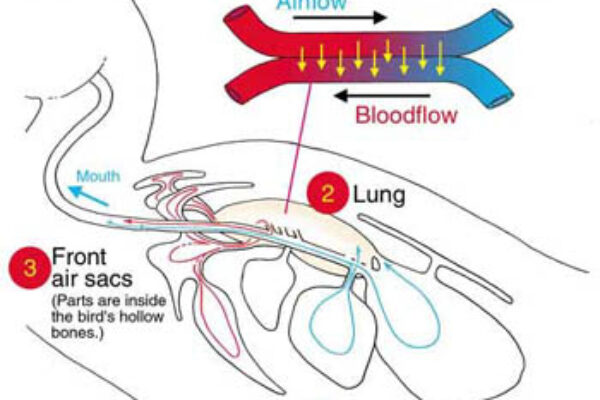
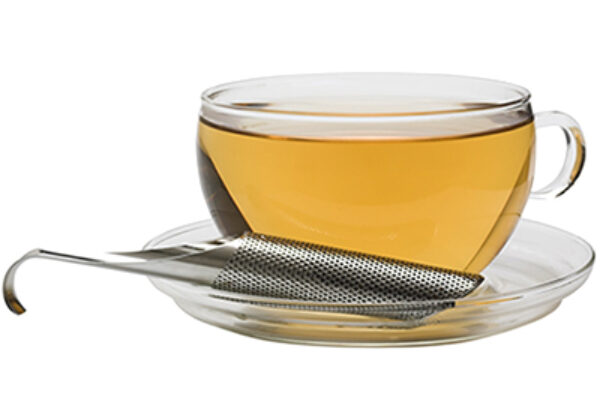
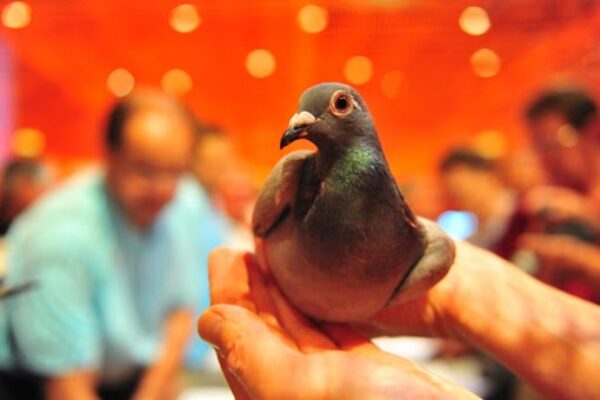
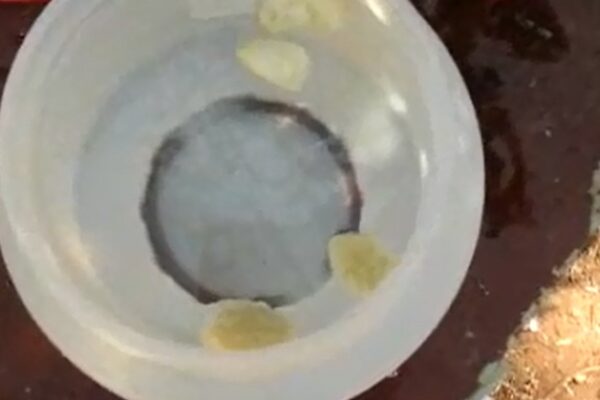
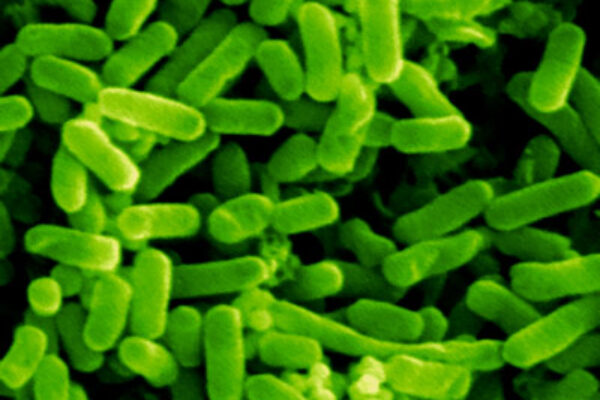


This is so enlightening.thanks
Thanks Doc Chalmers as always well done can’t wait to read more Brad.
great reading going one to six thanks this info should be every interresting
My Part 1-6 still will not open?
This sounds like it is going to be a great series of articles. Novices and old hands alike will learn a lot from this information. Looking forward to reading on.